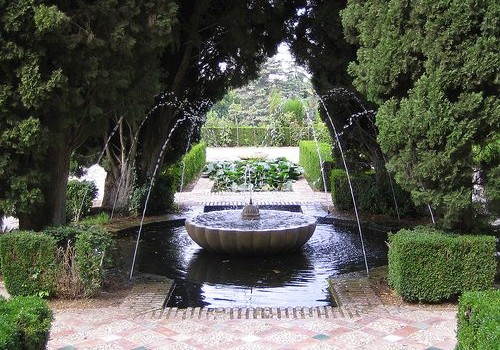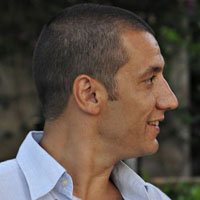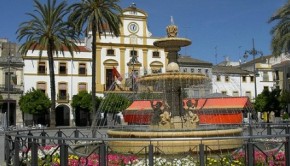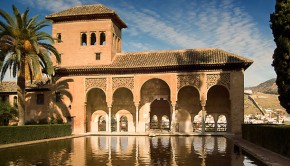Granada: what, where, when?
Granada is a jewel nestled between the foothills of the Sierra Nevada, and the sea is not more far than fifty miles.
The city, 240 thousand inhabitants, collects in a few square kilometers some of Spain’s most famous monuments, first among all, the Alhambra, the palace of the sultans, which cover a territory included between the confluence of two rivers, the Darro and the Genil.
Granada has seen for centuries the Arab domination and was at this time that it has earned the reputation of city of commerce: hence passed precious stones, leather, silk and other precious goods from the Far East and China. Fortunately, with the return of the Christians in 1500, the Alhambra, the symbol of Arab rule, was not razed to the ground: today, it is heritage of humanity under the auspices of UNESCO. In Granada was born the poet Federico Garcia Lorca.
What to see in Granada
The Alcazaba, the Muslim fortress of the Alhambra, is a city within the city, in the south-east of Granada. The Alhambra back to the eleventh-twelfth century and it is visible from afar because of the two towers from which you can admire one of the most beautiful sights of the city. Near the Alhambra there is the Generalife, summer palace of the sultans of the city, surrounded by beautiful gardens. On the opposite side of the Darro river there is the El Albayzín, the Muslim quarter, a maze of small streets and alleys with whitewashed houses and the “teterie”, small inns where to drink tea. More toward the centre of the city, in Plaza las Pasiegas, there is the town cathedral and the nearby Madraza, the Islamic university now owned by the Municipality of Granada. A little further north, near the headquarters of the town University, there is the Basilica of St John of God, with a beautiful carved mahogany porch. Near Madrazo there is also the Plaza de Isabel la Catolica, with the monument to Christopher Columbus, immortalized while he presented his travel plans to the queen. The Banos Arabes of the Albaicin (Arab baths) are the most beautiful in Spain and they are located near the Plaza de Toros. Do not lose also the Alcaicería, the silk market at the time of Arab domination, now flea market in souk East style, and the other covered market, the Corral del Carbon.
What and where to eat in Granada
For its particular geographical position, Granada is a unique city, including the food. Maybe in a few other places it is possible to enjoy with the same ease excellent food of the mountains, from meat to cheese, and equally excellent seafood, fish and crustaceans. But there are also soups and rich vegetable soups, everything still very spicy, like an ancient Arab tradition: it is from these areas, but now it is found throughout Spain, the mythical Gazpacho, cold soup of chopped raw or milkshakes vegetables. The game is combined with fried beans, while to accompany the tortillas of the Sacromonte, made of bone marrow, veal entrails and eggs, are enough dishes of fresh vegetables that every restaurant of the city serves at the tables. From the mountainous areas comes the Olla of San Antón, dish made of pork, beans, rice and fennel. Eating in Granada, in the old town is easy, wherever there are restaurants and Tapas. The most popular areas are those around Plaza Einstein, Calle Goya and Calle Elvira Realejo.
Hotels in Granada
Granada is a small town, but still offers tourists a wide range of hotels and pensions of every level and category. In Granada city centre there are both luxury 4 and 5 star hotels and cheaper pension. The area of the hotels, in the old town, extends from the Alhambra to the university to the north: there are dozens of hotels. The high season is in spring and autumn, during the holidays, especially Easter and on May when there is the feast of the town. The beauty of many structures is that they are housed within period buildings, still with frescoes and colors.
Photo of the Generalife by Sharon_k









